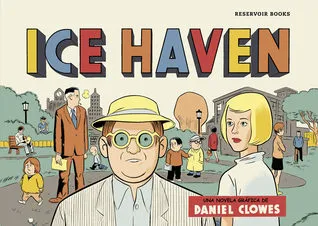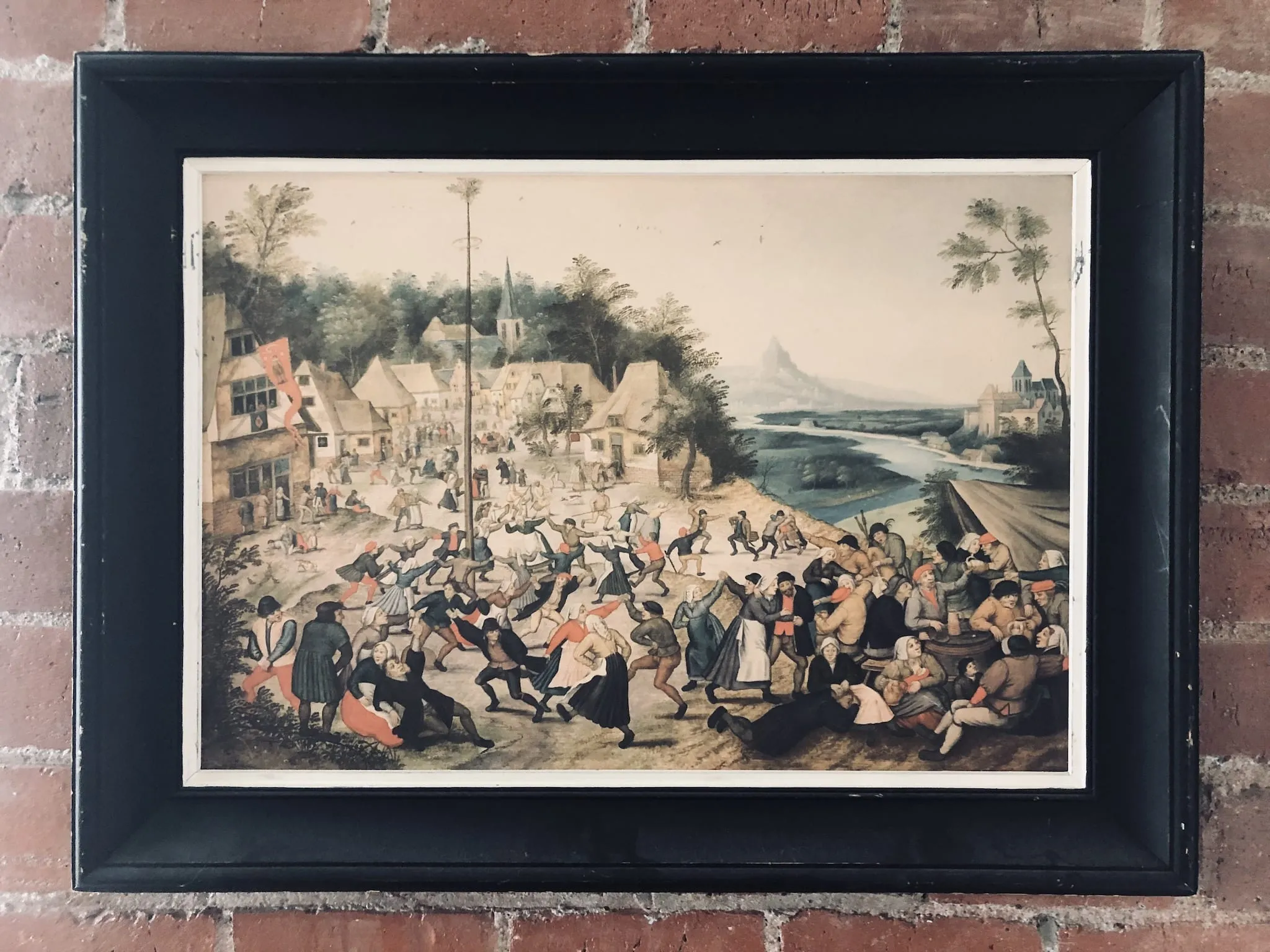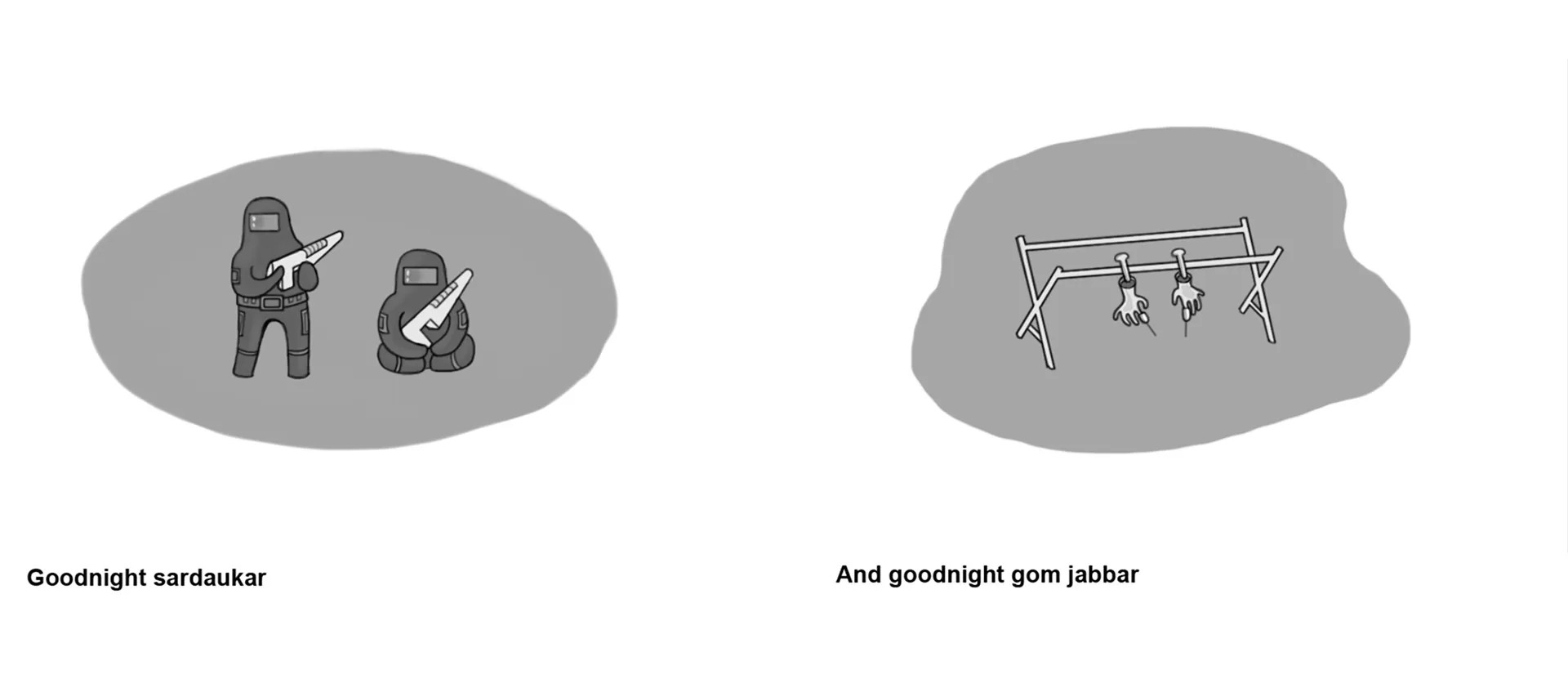Translation copyright 2001 John T. Quinn; all rights reserved.
Introduction
Philogelos (The Laughter Lover) is a collection of some 265 jokes likely made in the fourth or fifth century CE. Some manuscripts give the names of the compilers as the otherwise-unknown Hierocles and Philagrios. Other manuscripts drop the name of one or other or both.
Although The Laugher Lover is the oldest surviving example, joke-books already had a long pedigree. According to Athenaeus 614d-e, Philip the Great of Macedon had paid handsomely for a social club in Athens to write down its members’ witticisms. At the dawn of the second century BCE, Plautus twice has a character refer to joke-books (Persa 392; Stichus 400).
Modern scholars such as Rapp and Baldwin have noted how women are infrequent targets of the humor - earning, in fact, attack under only one category of their own, “Horny Women”, a category containing just two jokes. Yet one may wonder, for instance, whether the jokes under “Misogynistic Men” have as their primary target the female sex rather than the men who hate them. Baldwin also remarks on the virtual absence of homosexual themes in the collection.
I have included in this selection all jokes in which women are mentioned or appear as characters. Also included are jokes that seemed particularly relevant for gender studies. I follow the Greek text edited by R.D. Dawe (Bibliotheca Teubneriana, 2000). All the headings, except the last one (“Miscellaneous”), have some manuscript warrant. I decided to translate the alternate versions of the same joke to underscore the fact that these jokes represent primarily an oral rather than a written tradition; the humor lies in the conceit and not in a canonical text.
Select Bibliography
-
Baldwin, Barry, trans. with commentary, The Philogelos or Laughter-Lover (Amsterdam, 1983)
-
Jennings, Victoria, review of R.D. Dawe’s text, BMCR 01.04.05
[http://ccat.sas.upenn.edu/bmcr/2001/2001-04-05.html]
-
Rapp, Albert, “A Greek Joe Miller” Classical Journal 46 (1951), pp.286-290 & 318
-
Thierfelder, Andreas, German trans. with commentary, Philogelos, Der Lachfreund (Munich, 1968)
Translation
Intellectuals
#27. An intellectual, falling sick, had promised to pay the doctor if he recovered. When his wife nagged at him for drinking wine while he had a fever, he said: “Do you want me to get healthy and be forced to pay the doctor?”
#43. When an intellectual was told by someone, “Your beard is now coming in,” he went to the rear-entrance and waited for it. Another intellectual asked what he was doing. Once he heard the whole story, he said: “I’m not surprised that people say we lack common sense. How do you know that it’s not coming in by the other gate?”
#45. An intellectual during the night ravished his grandmother and for this got a beating from his father. He complained: “You’ve been mounting my mother for a long time, without suffering any consequences from me. And now you’re mad that you found me screwing your mother for the first time ever!”
#51A. An intellectual caught sight of a deep well on his country-estate, and asked if the water was any good. The farmhands assured him that it was good, and that his own parents used to drink from that well. The intellectual expressed his amazement: “How long were their necks, if they could drink from something so deep!”
#51B. An intellectual visiting his country-estate asked if the water in a well there was good to drink. He was told that it was good, and that his own parents used to drink from the well. The intellectual was amazed: “How long were their necks, that they could drink from something so deep!”
#53. An intellectual was eating dinner with his father. On the table was a large lettuce with many succulent shoots. The intellectual suggested: “Father, you eat the children; I’ll take mother.”
#57. An intellectual got a slave pregnant. At the birth, his father suggested that the child be killed. The intellectual replied: “First murder your own children and then tell me to kill mine.”
#64. An intellectual bought a pair of pants. But he could hardly put them on because they were too tight. So he got rid of the hair around his legs.
#69. An intellectual checked in on the parents of a dead classmate. The father was wailing: “O son, you have left me a cripple!” The mother was crying: “O son, you have taken the light from my eyes!” Later, the intellectual suggested to his friends: “If he were guilty of all that, he should have been cremated while still alive.”
#70. An intellectual came to check in on a friend who was seriously ill. When the man’s wife said that he had ‘departed’, the intellectual replied: “When he arrives back, will you tell him that I stopped by?”
#72. An intellectual had been at a wedding-reception. As he was leaving, he said: “I pray that you two keep getting married so well.”
#73. The same intellectual said that the tomb of Scribonia was handsome and lavish, but that it had been built on an unhealthy site.
#97. Upon the death of his wife, an intellectual was out shopping for a coffin and got into a big fight over the price. When the salesman swore that he couldn’t sell it for less than fifty thousand, the intellectual said: “Since you’re under an oath, here’s the fifty thousand. But throw in for free a small casket, in case I need it for my son.”
#98. A friend met an intellectual, and said: “Congratulations! You’ve got a baby boy!” The intellectual replied: “Thanks to buddies like you!”
Men on the Make
#106. A professional beggar had been letting his girlfriend think that he was rich and of noble birth. Once, when he was getting a handout at the neighbor’s house, he suddenly saw her. He turned around and said: “Have my dinner-clothes sent here.”
#107. There was another man, just like the last one - a big talker, but in fact impoverished. By chance he got sick, and his girlfriend, coming into his place without warning, found him lying on a humble mat made of reeds. Turning over, he claimed that the doctors were responsible: “The best and most famous doctors in the city ordered me to sleep on a mat like this.”
Abderites
#114. An Abderite saw a eunuch and asked him how many kids he had. When that guy said that he didn’t have the balls, so as to be able to have children, the Abderite asked
#115. An Abderite saw a eunuch talking with a woman and asked him if she was his wife. When he replied that eunuchs can’t have wives, the Abderite asked: “So is she your daughter?”
#116. An Abderite who was a eunuch had the misfortune to develop a hernia.
#252. An unlucky eunuch developed a hernia.
#117. An Abderite shared a mattress with a man who suffered from a hernia. In the night, he got up to relieve himself. When he returned, he accidentally (since it was still dark) stepped right on the spot of the hernia. When the man let out a howl, the Abderite asked: “Why weren’t you lying down heads-up?”
#123. An Abderite followed custom and cremated his dead father. He ran home and said to his ailing mother: “There are a few fire-logs still left. If you want to stop suffering, get yourself cremated on them.”
Jokesters
#145. When a jokester who was a shopkeeper found a policeman screwing his wife, he said: “I got something I wasn’t bargaining for.”
#151. When a jokester saw a pimp renting the services of a black prostitute, he said: "What’s your rate for the night?
#151 (bis) A. When a jokester saw an ophthalmologist busy rubbing away on a girl, he said: “Watch out, young man, that you don’t, in healing her sight, ruin her ‘I’”.
#151 (bis) B & #260. When a jokester saw an ophthalmologist busy rubbing away on a girl in her prime, he said: “Don’t, in healing her sight, ruin her depths.”
#262. A jokester went abroad; there, he developed a hernia. Coming home, he was asked if he had brought a present back. “Nothing for you - just a headrest for my thighs.”
#263. Someone needled a jokester: “I had your wife, without paying a dime.” He replied: "It’s my duty as a husband to couple with such a monstrosity. What made you do it?’
Kymeans
#159. A Kymean constructed a huge threshing-floor and stationed his wife on the opposite end. He asked her if she could see him. When she replied that it was hard for her to see him, he snapped: “The time will come when I’ll build a threshing-floor so big that I won’t be able to see you and you won’t be able to see me.”
Rude People
#187A. A rude astrologer cast a sick boy’s horoscope. After promising the mother that the child had many years ahead of him, he demanded payment. When she said, “Come tomorrow and I’ll pay you,” he objected: “But what if the boy dies during the night and I lose my fee?”
#187B. A rude star-gazer cast a sick boy’s horoscope. After promising the mother that the child had many years ahead of him, he demanded payment. When the mother said, "I’ll pay tomorrow, " he objected: “But what if the boy dies during the night? Do I lose my fee?”
Incompetents
#197. An incompetent schoolteacher was asked who the mother of Priam was. Not knowing the answer, he said: “It’s polite to call her Ma’am.”."
#201. A man, just back from a trip abroad, went to an incompetent fortune-teller. He asked about his family, and the fortune-teller replied: “Everyone is fine, especially your father.” When the man objected that his father had been dead for ten years, the reply came: “You have no clue who your real father is.”
#202. An incompetent astrologer cast a boy’s horoscope and said: “He will be a lawyer, then a city-official, then a governor.” But when this child died, the mother confronted the astrologer: “He’s dead – the one you said was going to be a lawyer and an official and a governor.” “By his holy memory,” he replied, “if he had lived, he would have been all of those things!”
#204. An incompetent astrologer cast a man’s horoscope and said: “You are unable to father children.” When the man objected that he had seven kids, the astrologer replied: “Look after them well.”
Gluttons
#219. A glutton betrothed his daughter to another glutton. Asked what he was giving her as a dowry, he replied: “A house whose windows face the bakery.”
Drunkards
#227A. While a drunkard was imbibing in a tavern, someone approached and told him: “Your wife is dead.” Taking this in, he said to the bartender: “Time, sir, to mix a drink up from your dark stuff.”
#227B. While an intellectual was imbibing in a tavern, someone approached and told him: “Your wife is dead.” The intellectual said: “Time, my good man, to mix me some dark wine.”
People with Bad Breath
#232. A man with bad breath, kissing his wife over and over, said: “My Lady, my Hera, my Aphrodite.” And she said, turning away: “My - o Zeus an ozeus!”
#234. A man with bad breath asked his wife: “Madame, why do you hate me?” And she said in reply: “Because you love me.”
#239A. A young actor was loved by two women, one with bad breath and the other with reeking armpits. The first woman said: “Give me a kiss, master.” And the second: “Give me a hug, master.” But he declaimed: "Alas, what shall I do? I am torn betwixt two evils!’
#239B. An actor who was a jokester was loved by two women, one with bad breath and the other with reeking armpits. One said: “Give me a kiss.” And one said: “Give me a hug.” But he declaimed: “Alas, what shall I do? I am torn betwixt two evils!”
Horny Women
#244A. A young man said to his libido-driven wife: “What should we do, darling? Eat or have sex?” And she replied: “You can choose. But there’s not a crumb in the house.”
#244B. A young man said to his libido-driven wife: “What should we do, darling? Eat or have sex?” And she said: “You can choose. But we don’t have a crumb.”
#245A. A young man invited into his home frisky old women. He said to his servants: “Mix a drink for one, and have sex with the other, if she wants to.” The women spoke up as one: “I’m not thirsty.”
#245B. A young man was hosting frisky old women. He said to his slaves: “Mix a drink for the one that wants it and have sex with the one who wants that.” And the women said: “I’m not thirsty.”
Misogynistic Men
#246. A misogynist stood in the marketplace and announced: “I’m putting my wife up for sale, tax-free!” When people asked him why, he said: “So the authorities will impound her.”
#247A. A misogynist paid his last respects at the tomb of his dead wife. When someone asked him, “Who has gone to rest?,” he replied: “Me, now that I’m alone.”
#247B. While a misogynist was paying his last respects to his wife, someone asked him: “Who has gone to rest?” He replied: “Me, now that I’m alone.”
#248A. A misogynist was sick, at death’s door. When his wife said to him, “If anything bad happens to you, I’ll hang myself,” he looked up at her and said: “Do me the favor while I’m still alive.”
#248B. When a misogynist took sick and his wife said to him, “If you die, I’ll hang myself,” he looked up at her and said: “Do me the favor while I’m still alive.”
#249. A misogynist had a wife who never stopped talking or arguing. When she died, he had her body carried on a shield to the cemetery. When someone noticed this and asked him why, he replied: “She was a fighter.”
Miscellaneous
#250. A young man was asked whether he took orders from his wife or if she obeyed his every command. He boasted: “My wife is so afraid of me that if I so much as yawn she shits.”
#251. The lady of a house had a simple-minded slave. But when she got a peek at just how thick his other head was also, she lusted after him. She put a mask over her face so that he wouldn’t recognize her, and played around with him. Joining her game, he had sex with her. Then, grinning as he usually did, he reported to his master: “Sir, sir, I fucked the dancer and the mistress was inside!”
Other Ancient Jokes On the WWW
Permission is hereby granted to distribute for classroom use, provided that both the translator and Diotima are identified in any such use. Other uses not authorized in writing by the translator or in accord with fair use policy are expressly prohibited.






























































